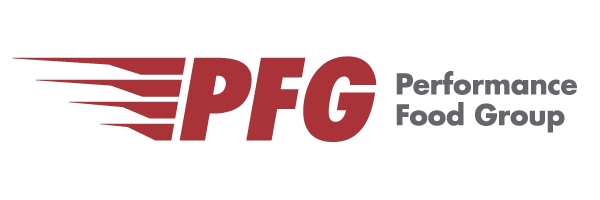Acquisition”) and other nonhistorical statements. You can identify these forward-looking statements by the use of words such as “outlook,” “believes,” “expects,” “potential,” “continues,” “may,” “will,” “should,” “could,” “seeks,” “projects,” “predicts,” “intends,” “plans,” “estimates,” “anticipates” or the negative version of these words or other comparable words.
Such forward-looking statements are subject to various risks and uncertainties. The following factors, in addition to those discussed under the section entitled Item 1A. Risk Factors in PFG’s Annual Report on Form 10-K for the fiscal year ended June 28, 2025 filed with the Securities and Exchange Commission (the “SEC”) on August 13, 2025, as such factors may be updated from time to time in our periodic filings with the SEC, which are accessible on the SEC’s website at www.sec.gov, could cause actual future results to differ materially from those expressed in any forward-looking statements:
•costs and risks associated with a potential cybersecurity incident or other technology disruption;
•our reliance on technology and risks associated with disruption or delay in implementation of new technology, including artificial intelligence;
•economic factors, including inflation or other adverse changes such as a downturn in economic conditions, geopolitical events, tariff increases, or a public health crisis, negatively affecting consumer confidence and discretionary spending;
•our reliance on third-party suppliers;
•labor relations and cost risks and availability of qualified labor;
•competition in our industry is intense, and we may not be able to compete successfully;
•we operate in a low margin industry, which could increase the volatility of our results of operations;
•we may not realize anticipated benefits from our operating cost reduction and productivity improvement efforts;
•our profitability is directly affected by cost inflation and deflation, commodity volatility, and other factors;
•we do not have long-term contracts with certain customers;
•group purchasing organizations may become more active in our industry and increase their efforts to add our customers as members of these organizations;
•changes in eating habits of consumers;
•extreme weather conditions, including hurricane, earthquake and natural disaster damage and extreme heat or cold;
•volatility of fuel and other transportation costs;
•our inability to adjust cost structure where one or more of our competitors successfully implement lower costs;
•our inability to increase our sales in the highest margin portion of our business;
•changes in pricing practices of our suppliers;
•our growth and innovation strategy may not achieve the anticipated results;
•risks relating to acquisitions, including the risk that we are not able to realize benefits of acquisitions or successfully integrate the businesses we acquire or that we incur significant integration costs;
